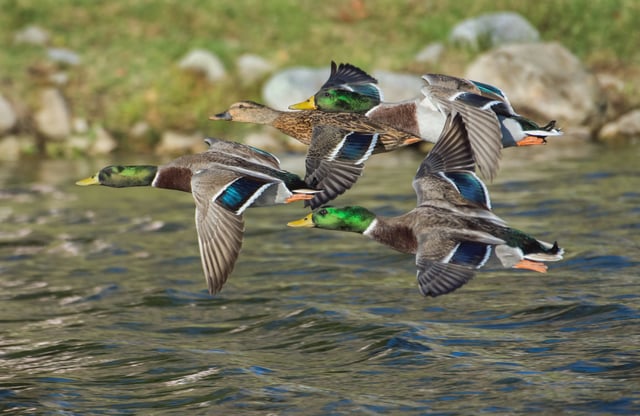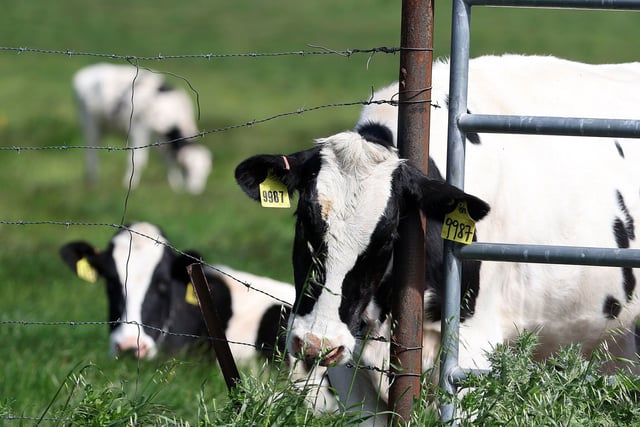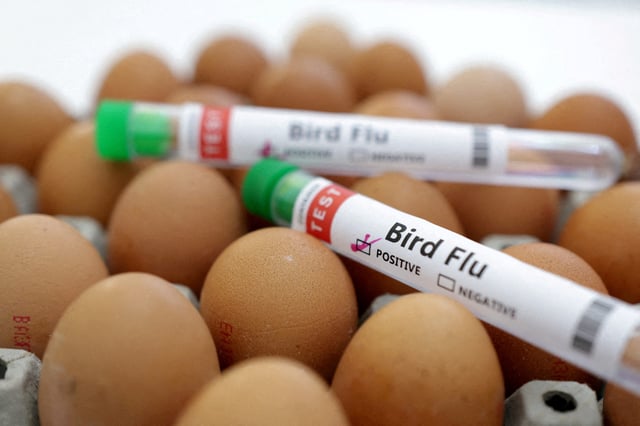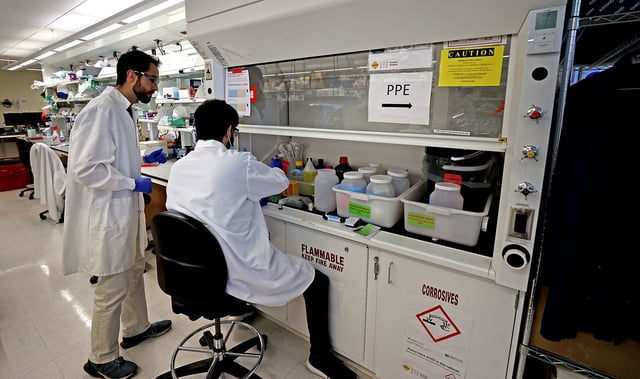Overview
- Pets, particularly cats and dogs, could potentially act as vectors for H5N1 bird flu transmission.
- New research has identified antibodies in hunting dogs exposed to infected waterfowl.
- Wastewater testing in Michigan indicates high levels of H5N1, suggesting widespread infection.
- Human cases of H5N1 have been mild but underline the need for vigilance against potential mutations.
- Experts advise against feeding pets raw food and recommend strict hygiene practices to reduce infection risks.



